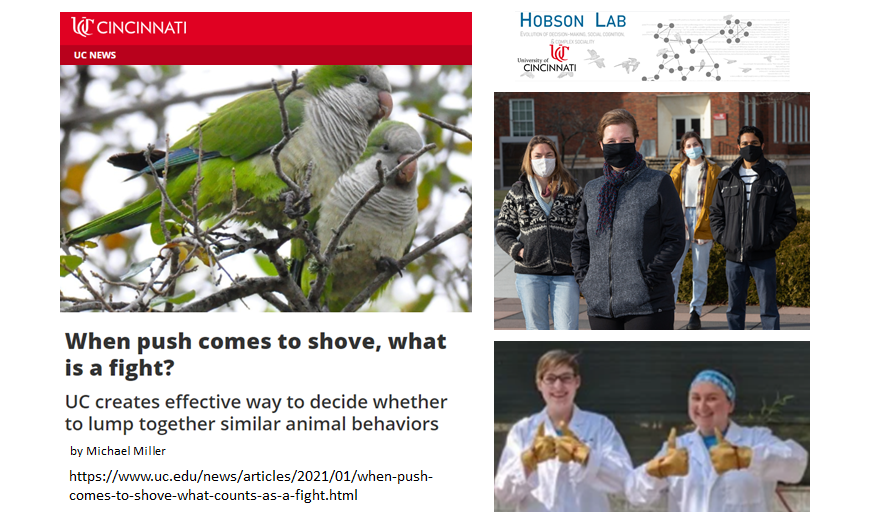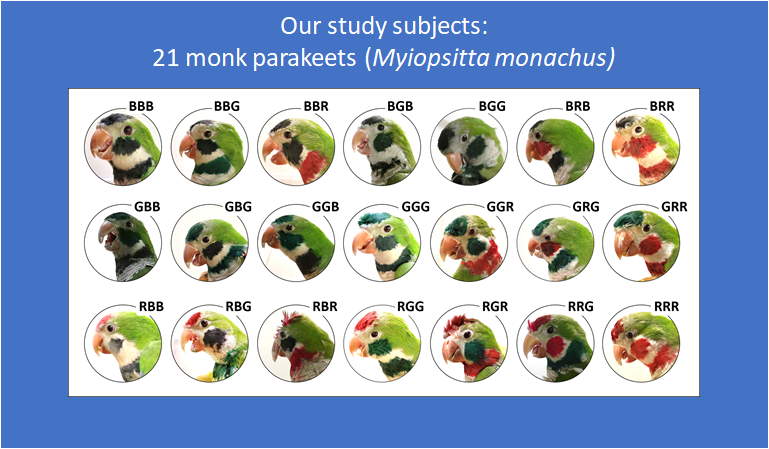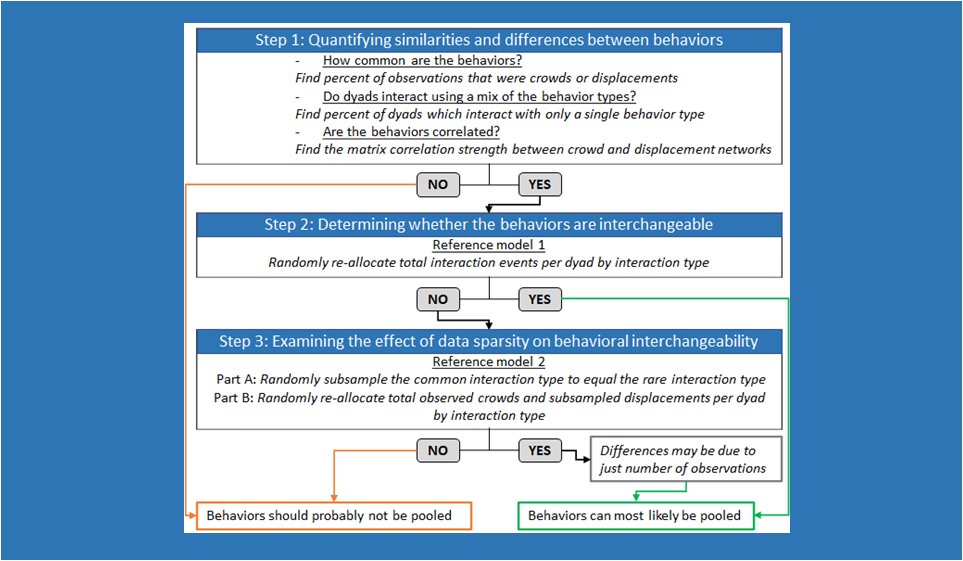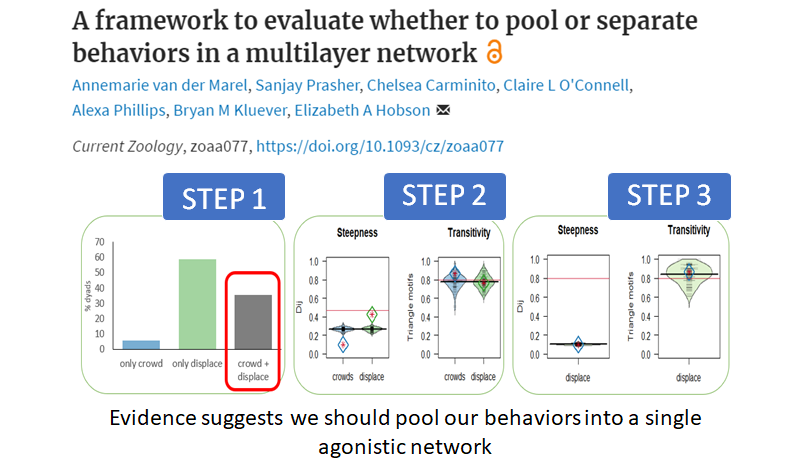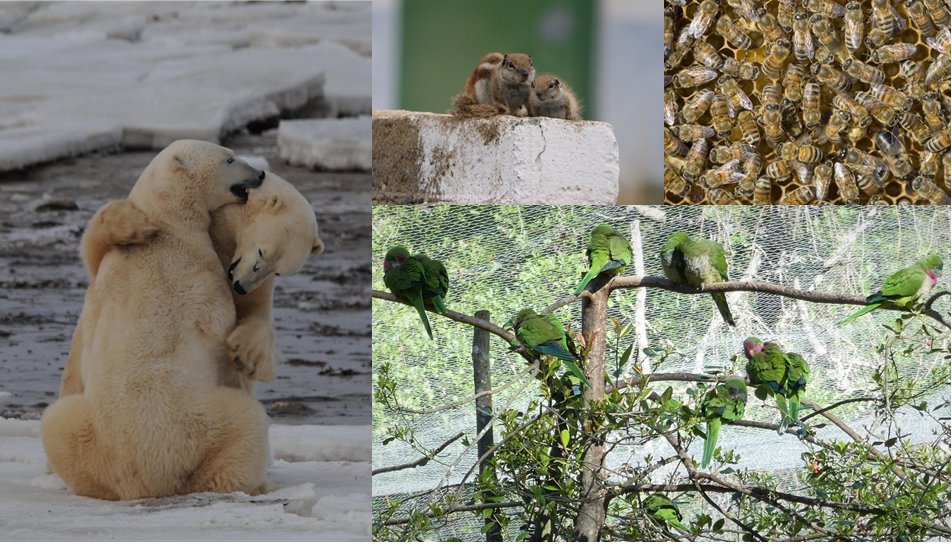1/6 As behavioral ecologists, we face a tricky question: We collect data on multiple behaviors that may occur within the same social context, but do the animals also perceive these as the same? And what are the costs of pooling behaviors? http://doi.org/10.1093/cz/zoaa077 #AnimBehav2021
2/6 Pooling 2 behaviors has research benefits like creating a richer dataset for future analyses. But it also carries a risk: by generalizing, we could lose nuances of behaviors that convey important information when considered alone. http://doi.org/10.1093/cz/zoaa077 #AnimBehav2021
3/6 Using data on 2 aggressive behaviors in monk parakeets, we developed a 3-step framework to evaluate the implications of pooling behaviors across several social levels. http://doi.org/10.1093/cz/zoaa077 #AnimBehav2021
4/6 The 2 aggressive behaviors differed in severity, high- (displace) and a low-aggression (crowd), but we did not know whether the birds perceived them identically. We tested whether they could be considered interchangeable http://doi.org/10.1093/cz/zoaa077 #AnimBehav2021
5/6 We tested whether randomly reallocating the behaviors across types at the dyad level resulted in similar structural patterns as the observed data. We found that we can pool these behaviors for future monk parakeet analyses. http://doi.org/10.1093/cz/zoaa077 #AnimBehav2021
6/6 Our framework and computational approach can be generalized to other taxa, which allows for nuanced insights into the potential implications of pooling or splitting behaviors in other species. Read all the details in our new paper! http://doi.org/10.1093/cz/zoaa077 #AnimBehav2021

 Read on Twitter
Read on Twitter